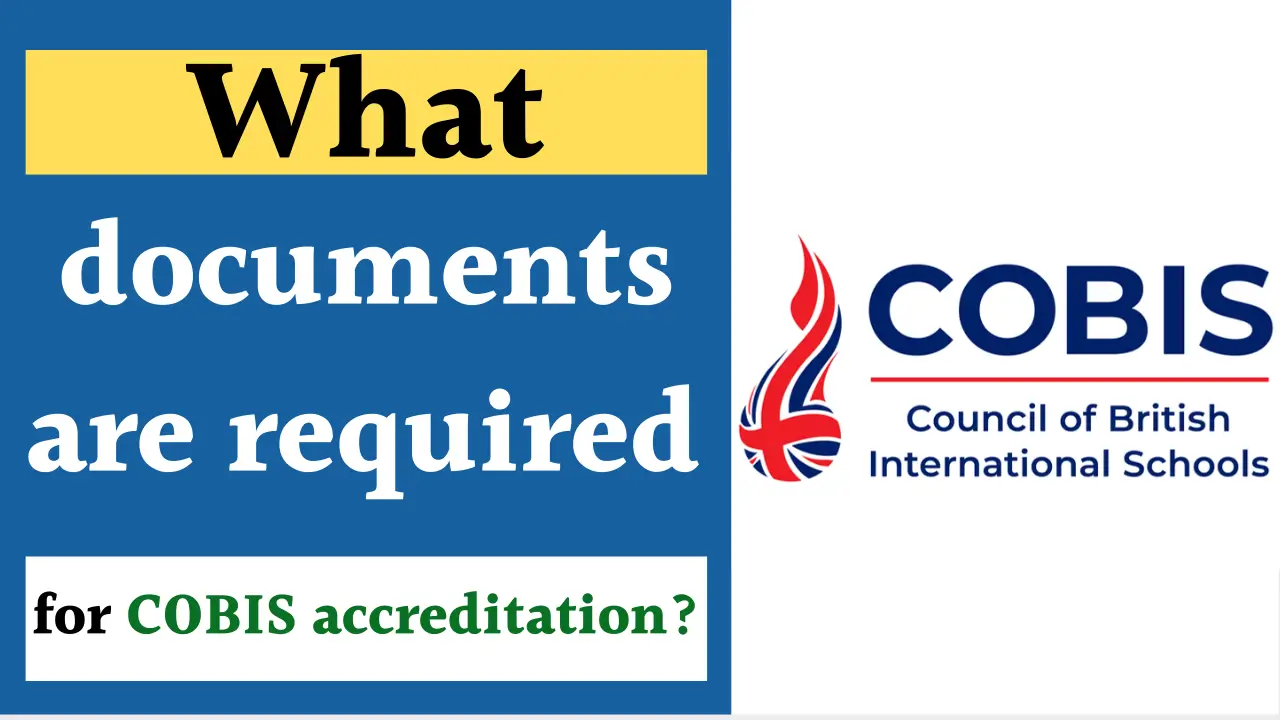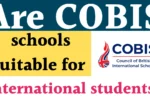COBIS accreditation requires a comprehensive set of documents aligned with its rigorous standards for international British schools. The list can vary in detail depending on the type of application (Patron’s Accreditation, Compliance, BSO, CIS, NEASC), but all pathways demand robust evidence for quality assurance, safeguarding, and educational excellence.
What is COBIS Accreditation?
COBIS (Council of British International Schools) accreditation is a globally recognised process that assures a school’s commitment to delivering high-quality British education in line with international standards. Schools seeking COBIS accreditation undergo a detailed review and must provide extensive documentation, demonstrating compliance and best practice in leadership, safeguarding, curriculum, and facilities.
Core Document Requirements
The documentation needed for COBIS accreditation is divided into major areas of operation and includes both general and school-specific submissions. Below is a summary table followed by detail on each area:
| Document Type | Description |
|---|---|
| Organisation Details | General information about the school, address, licence to operate |
| References | At least two school-based professional references |
| Code of Conduct | Signed agreement to COBIS standards and ethical guidelines |
| Safeguarding Policies | Child protection/policies, staff training records, incident reports |
| School Handbook | Includes staff files, SCR (Single Central Record), evidence for verification |
| Action Plans (BSO/CIS/NEASC) | Addressing recommendations from inspection/accreditation reports |
| Inspection/Review Reports | Most recent BSO, CIS, NEASC accreditation/inspection reports |
| Facilities Documentation | Evidence of safe, suitable learning environments (e.g., building compliance) |
| Curriculum Evidence | Timetable, curriculum plans, inclusive materials (DEIJB focus) |
| Commitment to Ethos/Values | Statement supporting British Educational Ethos and Values |
| Emergency Procedures | Communication protocols, trip safety provisions |
Detailed Document Checklist
1. Organisational & Administrative
- Organisation details including operating licence.
- Signed Code of Conduct agreeing to COBIS standards.
- References: Two professional references, ideally from educational leaders or partner schools.
2. Safeguarding & Compliance
- Staff files: Complete records with verification evidence.
- Single Central Record (SCR) check: Up-to-date details for all staff.
- Safeguarding policies: Comprehensive and regularly reviewed documentation.
- Training certificates: Proof of staff training in child protection.
3. Inspection and Accreditation Reports
- BSO Route: BSO inspection report (within last 5 years) and action plan addressing recommendations.
- CIS Route: CIS Outcome Letter, full Accreditation Report, action plan covering identified improvements.
- NEASC Route: NEASC External Review Visit Report and accreditation outcome letter, plus ethos statement.
4. Facilities & Health and Safety
- Evidence of safe learning spaces: Documents showing compliance with local construction and safety standards.
- Visibility panels in doors/windows: Confirmation for safeguarding.
- Emergency procedures and contingency plans for trips and visits.
5. Curriculum, DEIJB and Learning
- Curriculum plans and resources: Timetables, overviews, and materials showing broad and balanced learning opportunities.
- Evidence of inclusivity: Recent standards require proof of diverse representation in curriculum materials, reflecting backgrounds and identities of students.
- Statement of commitment to British Educational Ethos and Values: For CIS and NEASC applicants in particular.
6. School Improvement & Action Planning
- School development plan: Current plan highlighting strategic priorities.
- Action plans addressing inspection report recommendations or standards to be improved.
COBIS Accreditation Document Table
| Application Route | Key Reports Required | Additional Requirements |
|---|---|---|
| Patron’s Accreditation | Extensive documentation, interviews | Continuous monitoring, digital document review |
| BSO Accredited Member | BSO Inspection Report, Action Plan | Address all recommendations in report |
| CIS Accredited Member | CIS Outcome Letter, Accreditation Report, Action Plan | Commitment to British Ethos |
| NEASC Accredited Member | NEASC Review Report, Outcome Letter, Commitment Statement | Accreditation valid within last 5 years |
Latest Updates for 2025
- Annual Review (Jan 2025): COBIS has updated the Accreditation and Compliance Standards to enhance clarity and focus, especially regarding the required documentation. Schools should ensure that evidence submissions cover all clarified points for transparency.
- DEIJB Emphasis: The revised standards now spotlight Diversity, Equity, Inclusion, Justice and Belonging (DEIJB), asking schools to demonstrate inclusivity in curriculum, materials, and policies.
- Global Recognition: COBIS accreditation is now recognised by the Japanese Ministry of Education (MEXT), increasing its value for international student pathways.
- Beacon Status: Schools excelling in specific standards may achieve “Beacon School” status, sharing best practice globally.
Application Best Practices
- Use the COBIS template for all action plans and improvement documents.
- Prepare digital versions of all policies and handbooks for easy review.
- Gather and review all staff files and compliance records before submission.
- Involve leadership, staff, and parents in the documentation and self-review process.
Conclusion
Obtaining COBIS accreditation requires careful compilation of multifaceted documentation across safeguarding, curriculum, organisational, and facility standards, with increased attention to DEIJB and ongoing global recognition. Schools should proactively review the latest 2025 standards and use checklists and templates provided by COBIS to ensure a smooth and successful accreditation process.
















